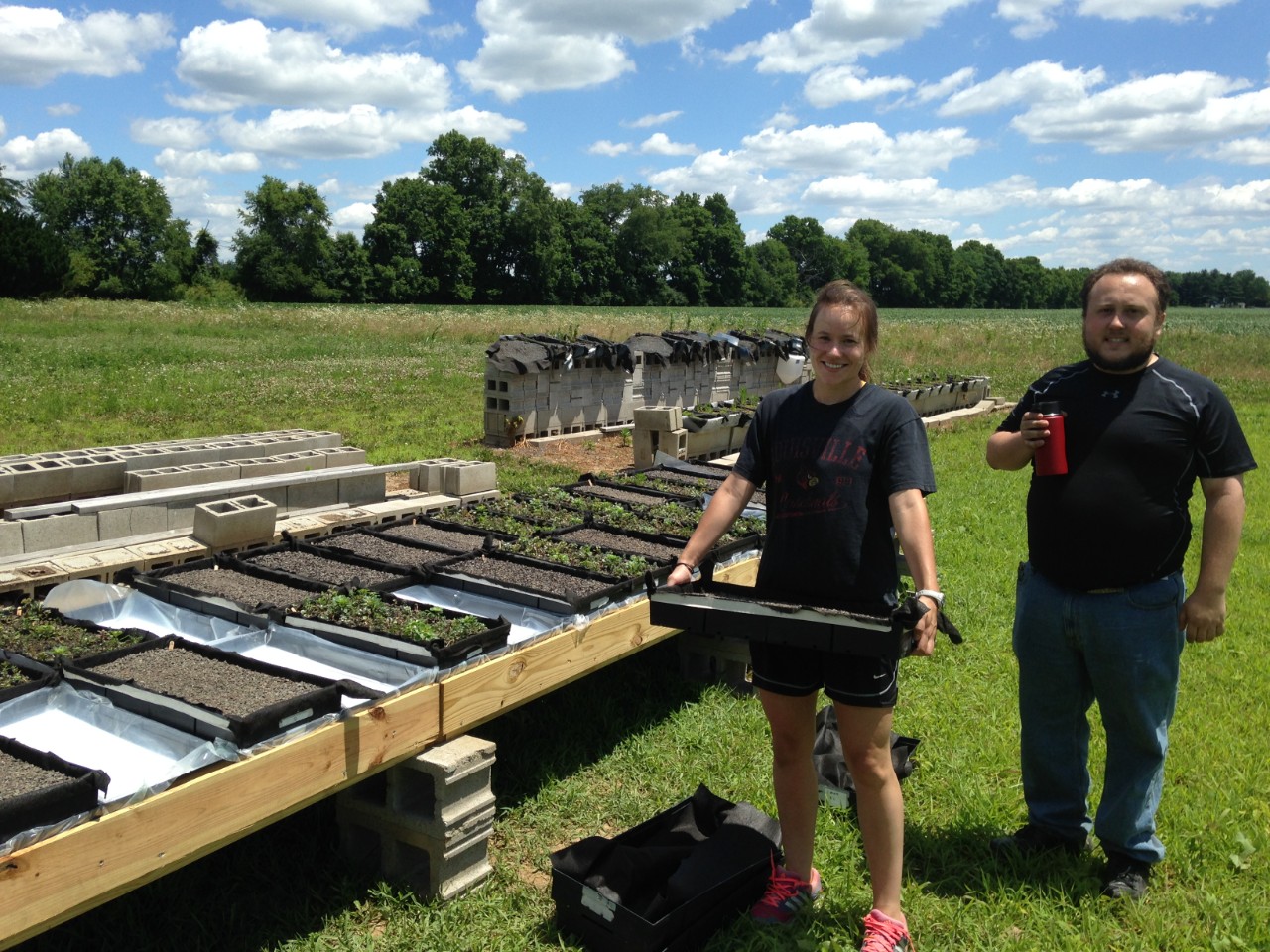
Architecture Alive:
UC to co-lead regional research in ‘living architecture’ and green infrastructure
By: John(na) Jackson
The University of Cincinnati, in collaboration with Kent State University and Heidelberg University, will begin researching the best methods for integrating plants and living systems within buildings as designed ecologies. Together the three institutions will form the Greater Ohio Living Architecture Center (GOLA) – dedicated to exploring the best applications of green architecture, and training the industry professionals who seek to implement them.
The GOLA Center will study the use of integrative vegetation within and upon buildings – refocusing infrastructure as unique ecosystems, rather than static structures. As concerns around resources and the climate heighten, environmental design and green architecture are on the rise. UC has been a leading institution for expertise and research on green roofs for over a decade, partnering with organizations like the Civic Garden Center and the Cincinnati Zoo – both of which have green roofs.
Ishi Buffam, associate professor in UC’s departments of biological sciences and geography, describes the necessity of investing in research and education in green architecture:
“For the first time in human history, the majority of the world’s population lives in cities – this provides a lot of opportunity but also results in concentrated environmental issues and intense pressure on available space in those urban centers. Living architecture provides a clever way to turn the exterior of buildings into urban green space.”

Dr. Buffam and students in his research group on the Zimmer Hall Green Roof.
The benefits of green design include habitat preservation, storm water run-off reduction, improved air and water quality and mitigation of the urban heat island effect – how human activity can cause metropolitan areas to become significantly warmer than the surrounding rural areas. Green spaces also contribute to human health in ways that are only just beginning to be quantified, according to Buffam.
UC, represented by Buffam and DAAP Professor Virginia Russell, and the other contributing universities were chosen to form this consortium by Green Roofs for Healthy Cities and the Green Infrastructure Foundation at the 16th Annual CitiesAlive Conference in New York City.
“The Living Architecture Center is intended to be a catalyst for collaboration, and will provide frequent opportunities for faculty and students at UC to work with academics at our partner institutions, as well as with municipalities and professionals in the growing field of living architecture,” says Buffam.
For students pursuing a degree in environmental studies, GOLA will open opportunities to participate in regional seminars and workshops centered around the research of design and implementation of living architecture.
For those interested in learning more about the role of living architecture, UC’s campus features several of its own green roofs – Proctor Hall, DAAP, the new Lindner Business College and Zimmer Hall, which even includes trees.
GOLA is also a part of a larger network of centers for living architecture excellence that includes regional centers based in Illinois, Colorado, New Jersey and New York. As for future goals, together the centers are proposing a new study to investigate how green roof ecosystems change as they age and how the process varies depending on the climate zone.
Click here to learn more about the GOLA Center and research related to living architecture.
Related Stories
News Cincinnati loved in 2025
January 2, 2026
The story of prohibition bootlegger George Remus was among WLWT's favorite segments in 2025. UC Law Professor Christopher Bryant spoke with journalist Lindsay Stone about Remus using a temporary insanity defense during a murder trial.
What to know about this year’s big tax changes
January 2, 2026
Local 12 reported that taxpayers can expect some major changes this tax season. Gary Friedhoff, adjunct instructor at the University of Cincinnati’s Carl H. Lindner College of Business, recently spoke to Local 12 about how to avoid surprises.
Study finds police officers face higher long-term health risks
January 2, 2026
J.C. Barnes, a University of Cincinnati professor, is interviewed by Spectrum News about new research showing that the physical and psychological demands of law enforcement can contribute to earlier deaths.
